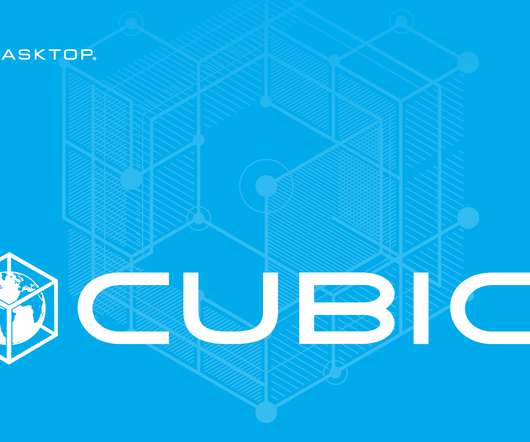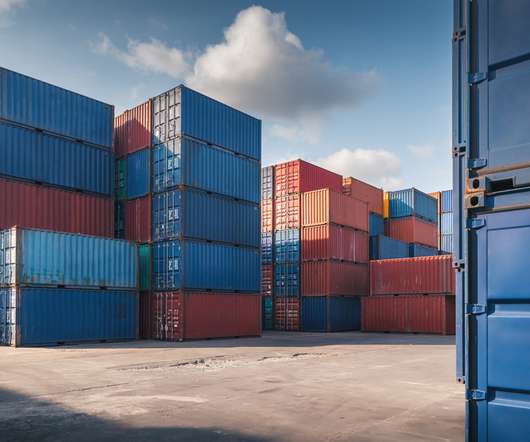Need for Speed: Cubic’s Journey with Tasktop Viz and Flow Metrics
Tasktop
MAY 28, 2020
It’s why the company has racked up so many industry firsts across transportation, defense and beyond. The first geodetic SECOR satellite surveying system to offer coast-to-coast measurement of the country. And first to invent the “Top Gun” Air Combat Training System back in the early ‘70s. .





















Let's personalize your content